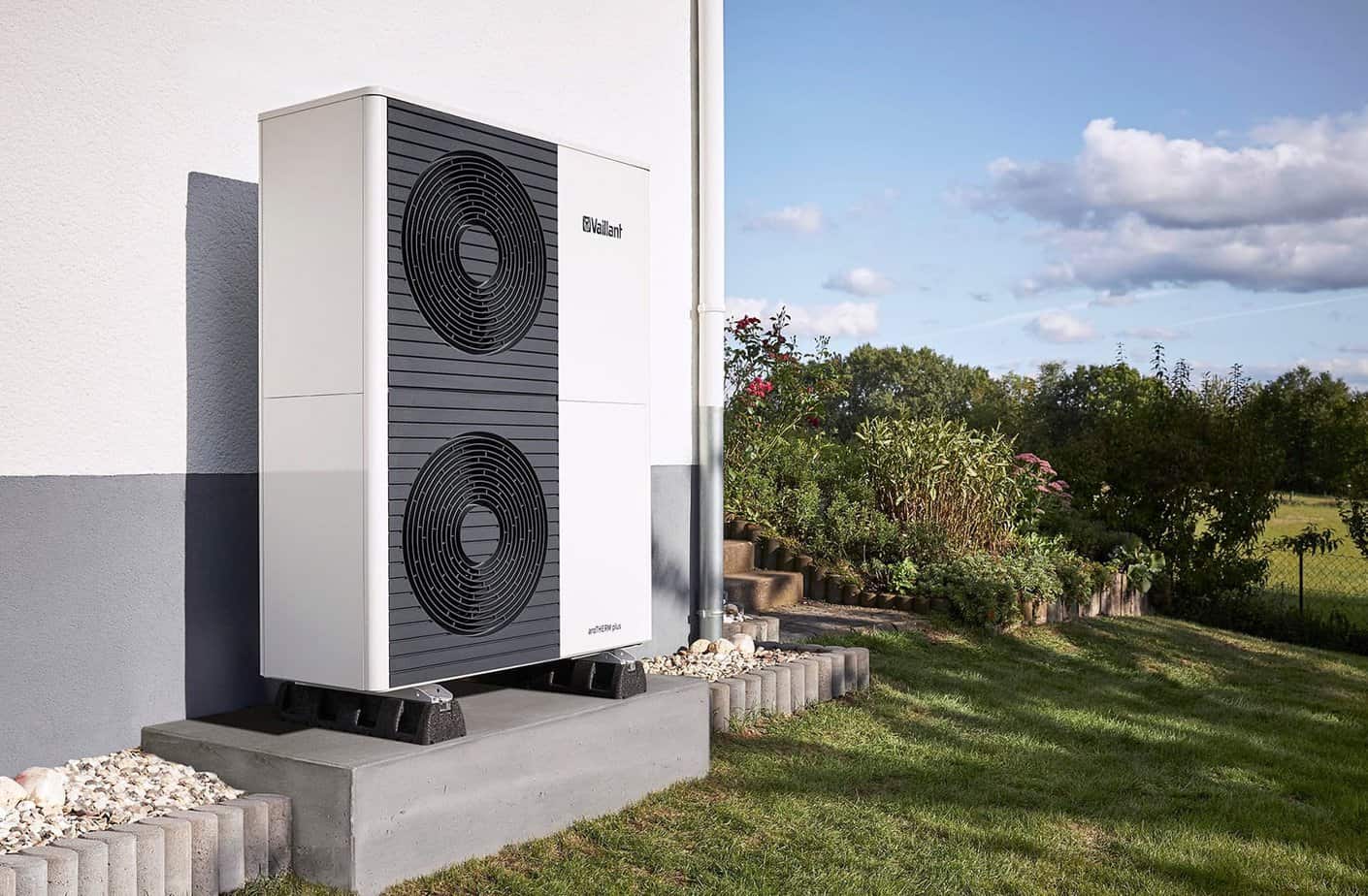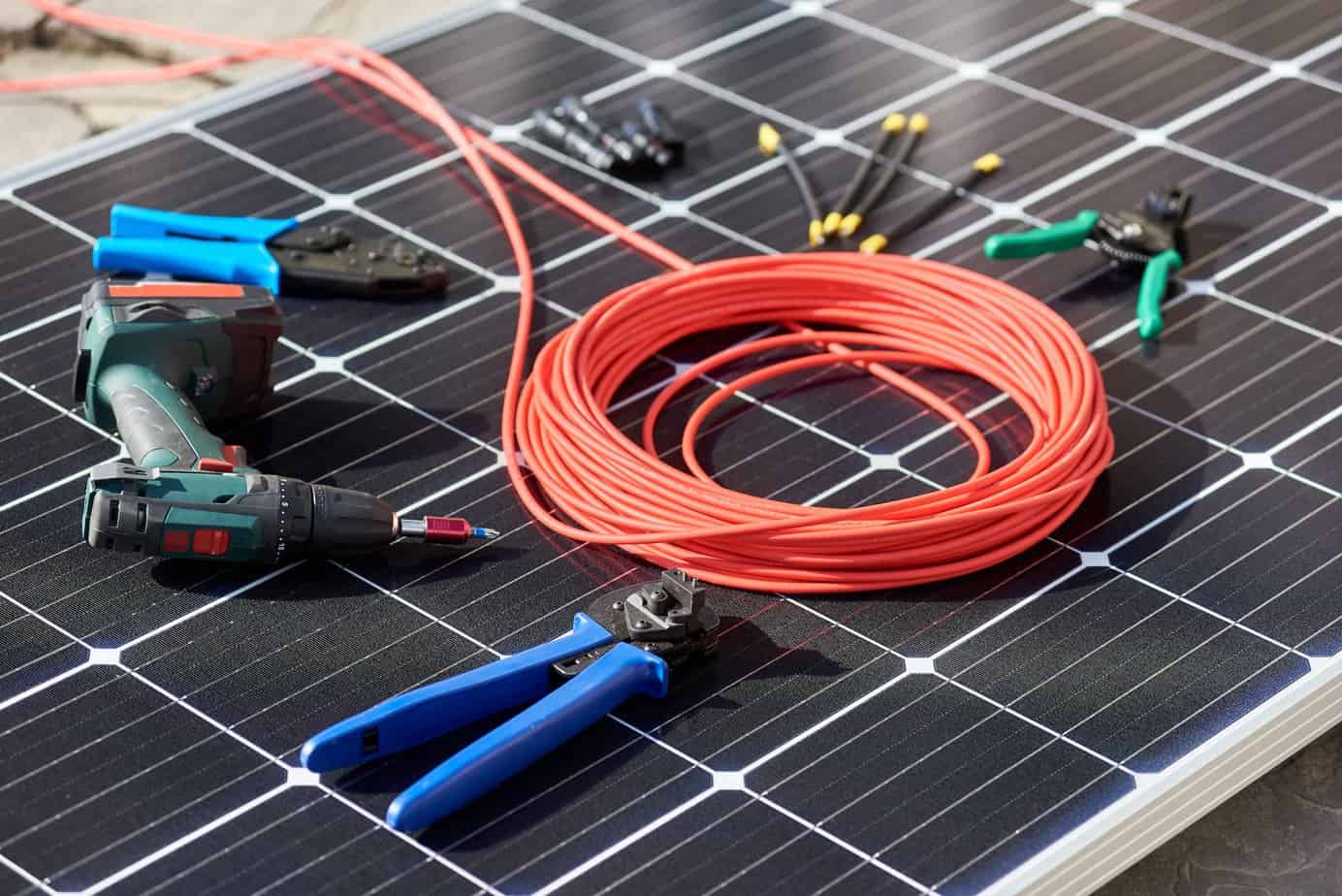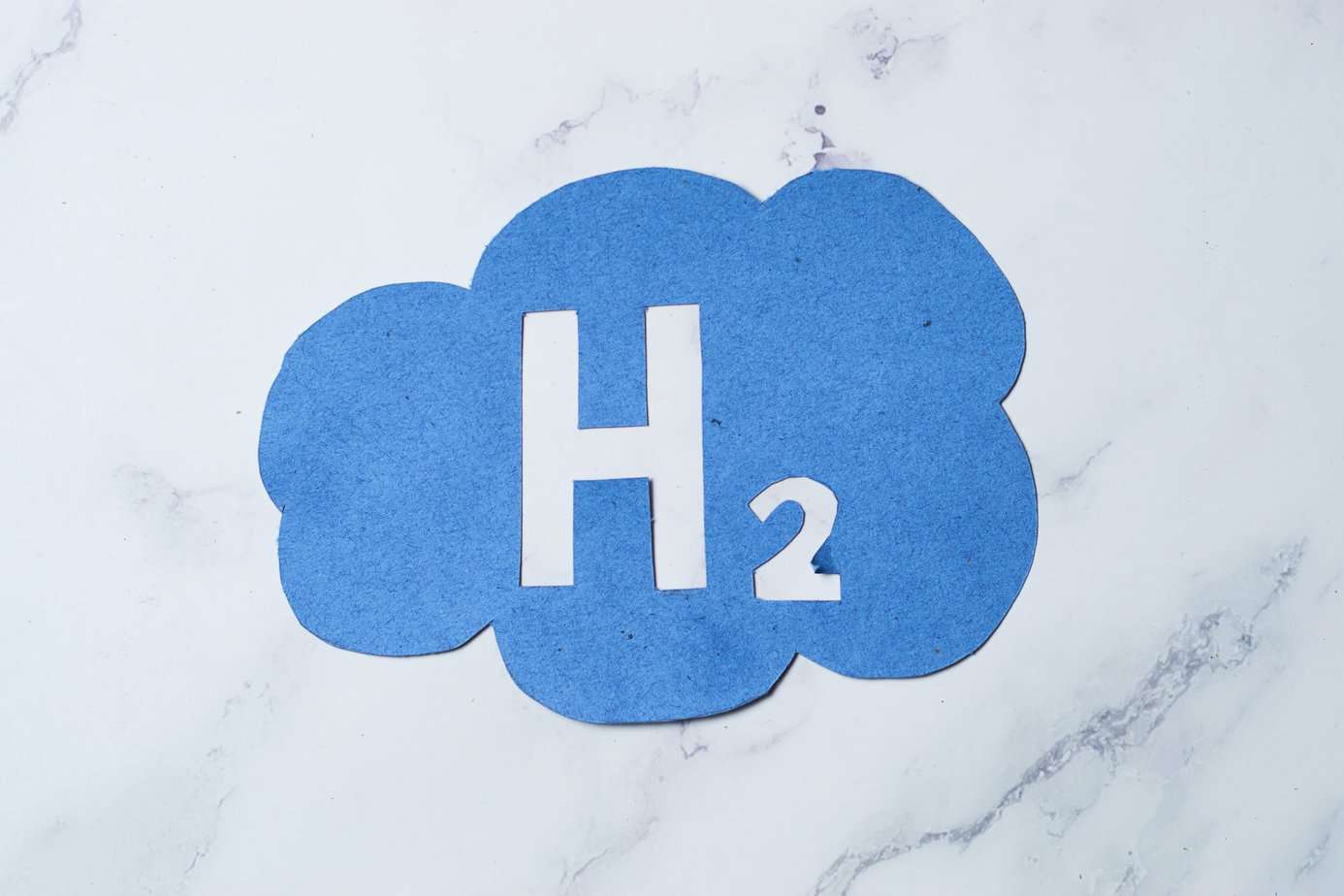Air source heat pumps have been growing in popularity over the years as a renewable energy alternative to standard gas boilers. Maybe you know someone who has made the switch, or you’ve heard about them in general passing of conversation. Now you’re wondering if an air source heat pump is right for you.
Studies show that air source heat pumps are likely to be 50% lower than hydrogen power making air source heat pumps the most cost-effective residential heating technology blasting homes into the future.
It can be a little overwhelming to try and figure out if air source heat pumps are a good alternative for your home, so we’ve put together this article for you. We’re going to explain what an air source heat pump is, how it works, how much it costs, the different types, pros and cons, and some helpful ideas to consider if air source heat pumps are the choice for you.
What is an Air Source Heat Pump?
An Air Source Heat Pump works by transferring heat absorbed from the outside to indoor spaces. They transfer this heat using wet central heating systems to heat radiators and even provide hot water in homes. Some air source heat pumps can work as a cooling system in the summer.
An air source heat pump is placed outside of a building where there is adequate space to house the unit. Air source heat pumps play an essential role in moving away from fossil-fuel-powered homes.
How Does an Air Source Heat Pump Work?
An air source heat pump takes heat from the air outside and increases the temperature by using a heat pump. The pump needs electricity to run but uses less energy than the heat it produces.
An air source heat pump consists of the following four main elements allowing refrigerant to pass from liquid state to gas:
- Compressor
- Condenser
- Expansion valve
- Evaporator
When refrigerant passes through the heating system, the temperature (usually 100 degrees or more) transforms it to vapour, gas, and the energy produces heat. The gas goes through the compressor and then through the expansion valve, allowing the hot air to enter the building.
Next, the hot air passes through the condenser, turning it into liquid again. The heat produced in the evaporation phase goes back through the heat exchanger to restart the cycle. When it goes through the heat exchanger, it is used to make radiators work, underfloor heating, and domestic hot water.
How Much Does an Air Source Heat Pump Cost to Run?
Depending on how efficiently your system works, the time taken to recoup the system’s cost in energy savings will vary. It all depends on the type of heating system being replaced, if you qualify for the Renewable Heat Incentive and how you’ll use the heat from the pump.
The Energy Saving Trust approximates that the savings can vary from £875 to £1,030 per year. In addition to monetary savings, the air source heat pump reduces greenhouse gasses and cuts out harmful fuels by reducing CO2 emissions. In addition to requiring less maintenance than traditional heating units, these savings make an air source heat pump an affordable and green alternative.
2 Types of Air Source Heat Pumps
There are two types of air source heat pumps. Air-to-water provides hot water, where air-to-air does not. Let’s take a look at the specifics of how these types of units work.
1. Air-to-Water Pumps
These pumps take heat from the outside air and feed it to a wet central heating system. Since the heat produced is cooler than that over a conventional boiler, it may be necessary to install larger radiators or underfloor heating to make the most of the heat provided.
Air-to-water pumps are best suited for new-build properties, and if the heat pump is installed as part of the build, it is less expensive than retrofitting radiators and underfloor heating.
2. Air-to-Air Pumps
This type of pump takes outside air and feeds it through your home with fans. It operates the same way your air conditioner does, except in reverse. The heat from the outside is extracted and is transferred to the indoor unit compressor.
The air is compressed, increasing the coolant temperature, creating ideal conditions for generating heat energy into the room. This process repeats continuously and uses less energy to heat your home. However, this type of pump does not provide hot water for your home.
Pros and Cons of Using an Air Source Heat Pump
Using an air source heat pump can decrease your energy use and CO2 emissions, but it may not always be the best option for you. Let’s take a look at the pros and cons of using one.
Pros
They are energy efficient, generating less CO2 than conventional heating systems.
Air source heat pumps are easy to install, more so than ground source heat pumps.
They are RHI approved – if you qualify, the financial incentive pays you for generating heat through renewable technology.
Cons
You need enough space in your garden for the external condenser unit. It is comparable to the size of an air-conditioning unit.
Condenser units can be noisy and blow colder air out into the environment.
You still need to use electricity to run the pump, so it is not considered a zero-carbon appliance unless you use a renewable energy source such as solar power or a wind turbine.
Deciding If an Air Source Heat Pump Is Right for You
Before you decide on an air source heat pump, you’ll want to make sure you consider all the factors. You want to take into consideration:
The Cost – Installing an air source heat pump is usually between £8,000 and £18,000. You may incur additional costs depending on the system type, property size, and any other specific requirements. When compared to ground source heat pump prices, air source heat pumps are less expensive. A ground source heat pump generally costs between £20,000 and £45,000.
Insulation – To get the savings benefits, a well-insulated home with loft insulation is important. Having a well-insulated home ensures the heat generated in your home doesn’t escape, allowing for consistent heat during the winter.
Finding an installer – You want to make sure the heat pump is installed correctly. Do your due diligence and check that the installer has the right accreditations, experience and provides fair pricing for your needs.
Find a Professional in Edinburgh
At Edinburgh Gas & Renewables, we take pride in helping people heat their homes more sustainably without compromising comfort. Happy, warm people who don’t cost the earth is our ultimate goal. We strive to provide more innovative and affordable heating solutions that reduce further damage to our planet.
Whether it’s upgrading to a new and more efficient gas boiler, an air source heat pump, or solar panels you’re after, we offer a comprehensive range of heating solutions, including installation and maintenance of gas boilers in and around Edinburgh and the Lothians. Contact us today and find out how we can work together to create a better tomorrow.



